If you’ve ever wondered what the term “classical education” means, you aren’t alone! Maybe the term conjures thoughts of classic literature like Shakespeare. Or studying classical philosophers from Greek and Roman times.
Each would likely show up inside a classical education, but they aren’t what makes an education “classical.”
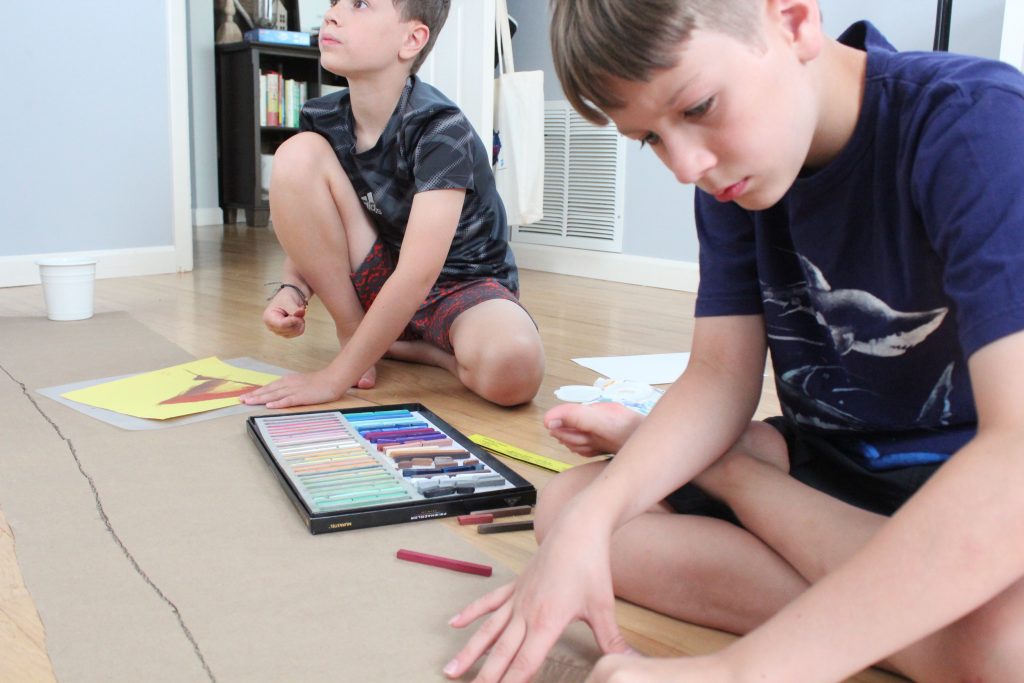
What Is Classical Homeschooling?
Simply defined: A classical education uses materials and methods that fit a child’s developmental stage.
Classical education calls this “the trivium,” referencing the three basic stages of learning.These stages can coincide with ages, or can be cycled through any time we learn something new!
- Concrete / Grammar – From preschool through about 5th grade, learners think mostly in concrete terms. They love to repeat information like songs, rhymes, or facts.
- Logic / Dialectic – Around age 10 through middle school, children begin to analyze, question and debate. This expansion of thought leads to understanding.
- Abstract / Rhetoric – During high school years, students deepen understanding and share their own reasonings and opinions on what they have learned.
At the core of a classical homeschool is the desire for students to delight in their observations, wonder and ask good questions, and share their knowledge. Classical homeschooling focuses on teaching children HOW to learn, not WHAT to learn.
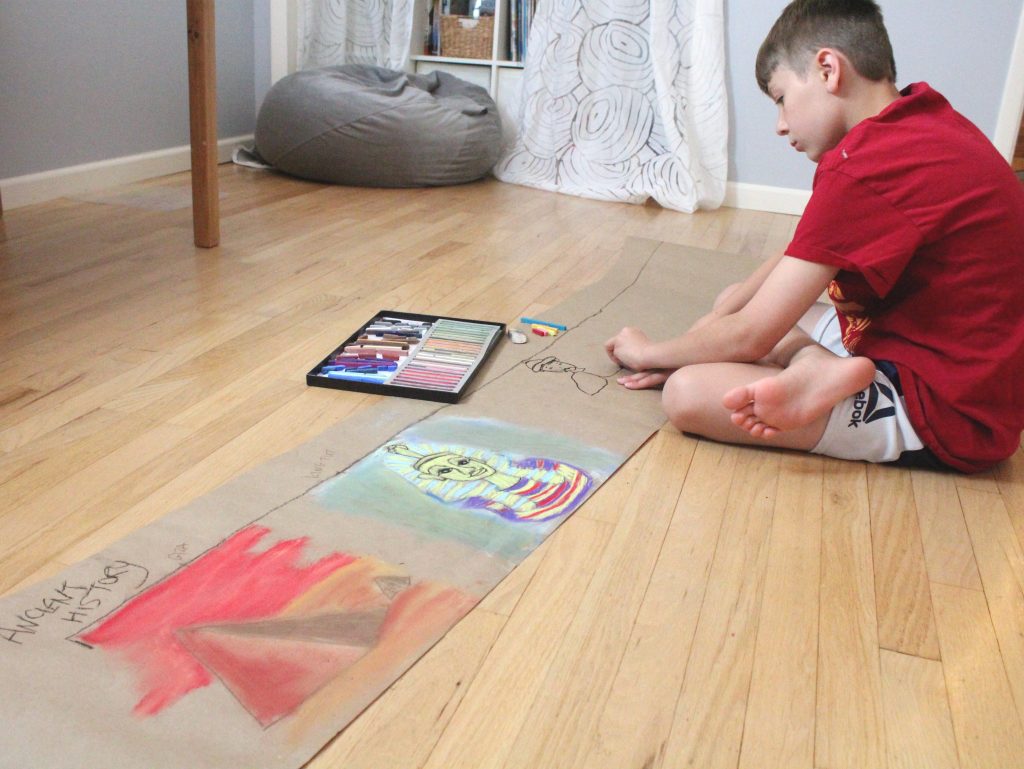
Why A Classical Approach To Homeschooling Works For Our Family
It took me awhile to understand the concepts behind a classical education. For a long time, I thought it was just about mastering facts. As my children grew, I saw there was more to this method than fact acquisition.
What I love now about classical homeschooling is how my children grow in their learning in ways that feel quite natural. Eventually, they’ll be able to teach themselves anything they want to learn.
Until then, I love providing hands-on learning experiences that help us wonder and delight in the process of learning. We really do learn together in our home, which makes our homeschool adventure exciting for everyone.
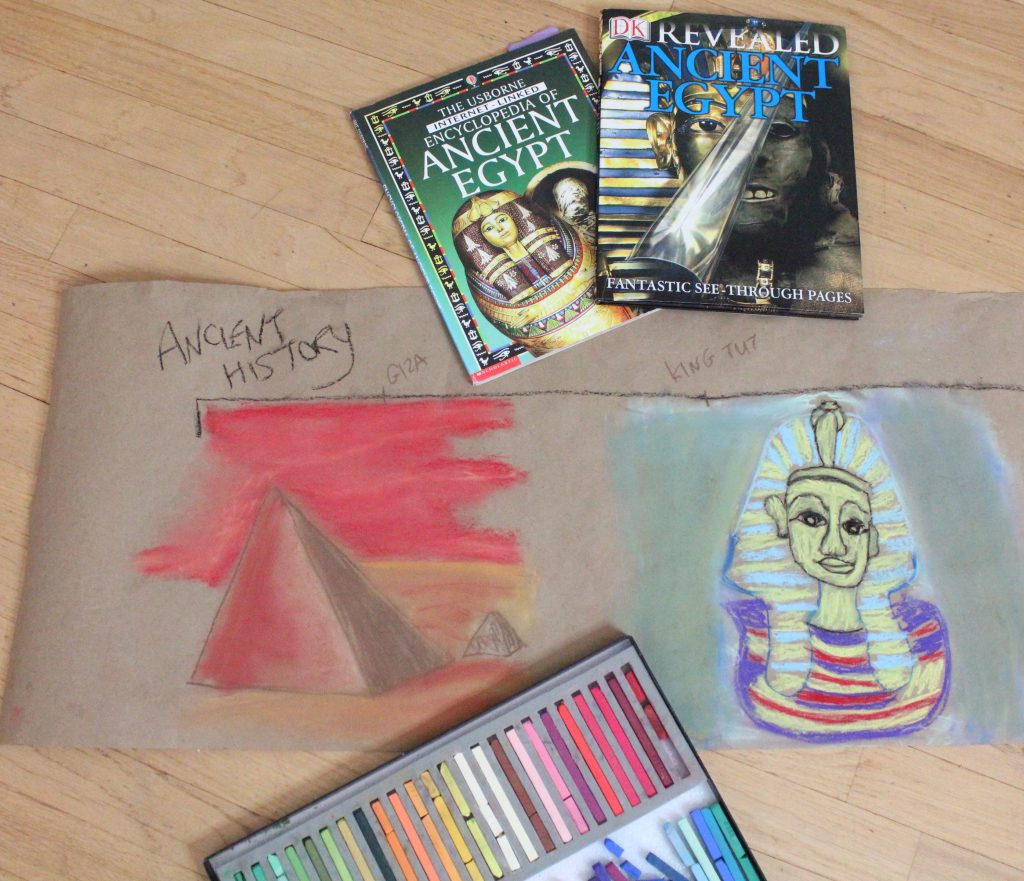
Art And Classical Homeschooling
I was dubious about my ability to teach art to my children because I never considered myself an artist. The classical method (and Nana!) helped me overcome these doubts.
If you know HOW to learn, you can learn anything! Even if you’re new to art, you can learn right alongside your children.
Here’s what learning art in classical education might look like:
- In the Grammar stage, children learn the basic elements of art like color, line, and shape. They’ll appreciate famous artists and their artwork.
- In the Logic stage, children experiment with and practice their skills, and discuss famous artwork.
- In the Rhetoric stage, students create expressive art pieces and share developed opinions about art topics.
These stages aren’t always age-dependent. A young student may have an opinion about art and older students may playfully dabble with paints. We all learn throughout life and move back and forth between stages as needed.
“Adjustments are not failures.”
I saw this quote in an art studio recently. We are always adjusting our children’s art education to fit their age and/or stage.
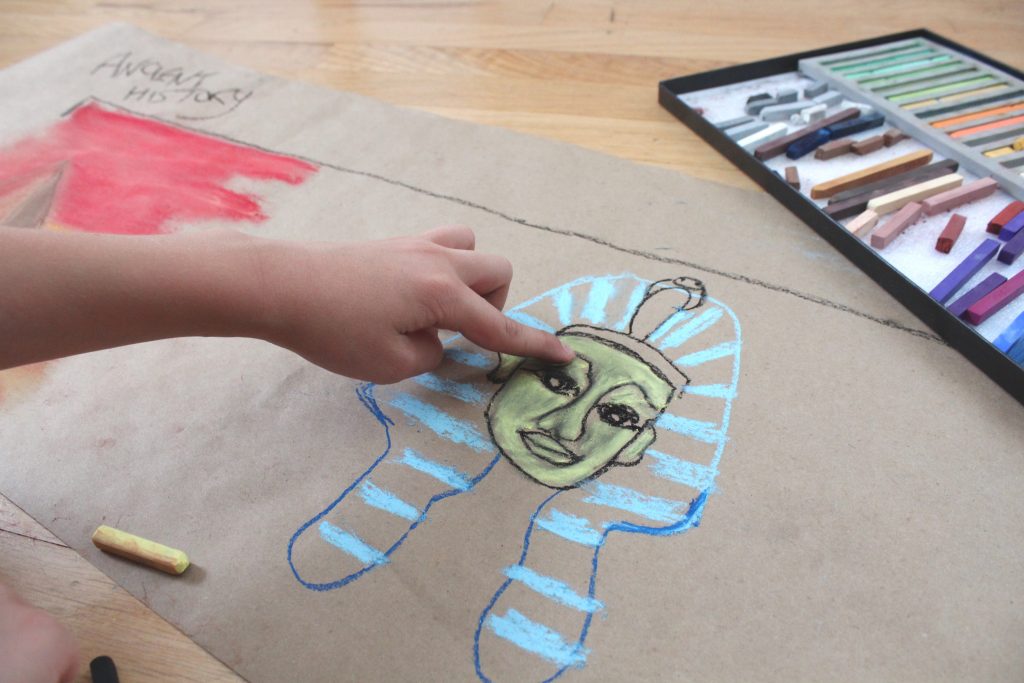
Art Lessons For Our Classical Homeschool Family
Because art was one subject area I felt nervous about, I knew I had to find a good resource to support my own learning alongside my boys.
Chalk pastel lessons with Nana has become a favorite resource! The easy to follow lessons and simple materials are perfect for my young artists. Lesson by lesson, my kids were learning to name art techniques like scumbling, dimension, perspective, and more.
I often try out a lesson myself either before or with the boys, and pay attention to details Nana shares to talk about with the boys later on.
Once I discovered Nana’s You ARE an Artist lessons, I was drawn in by how well her lessons integrated with … well, everything!
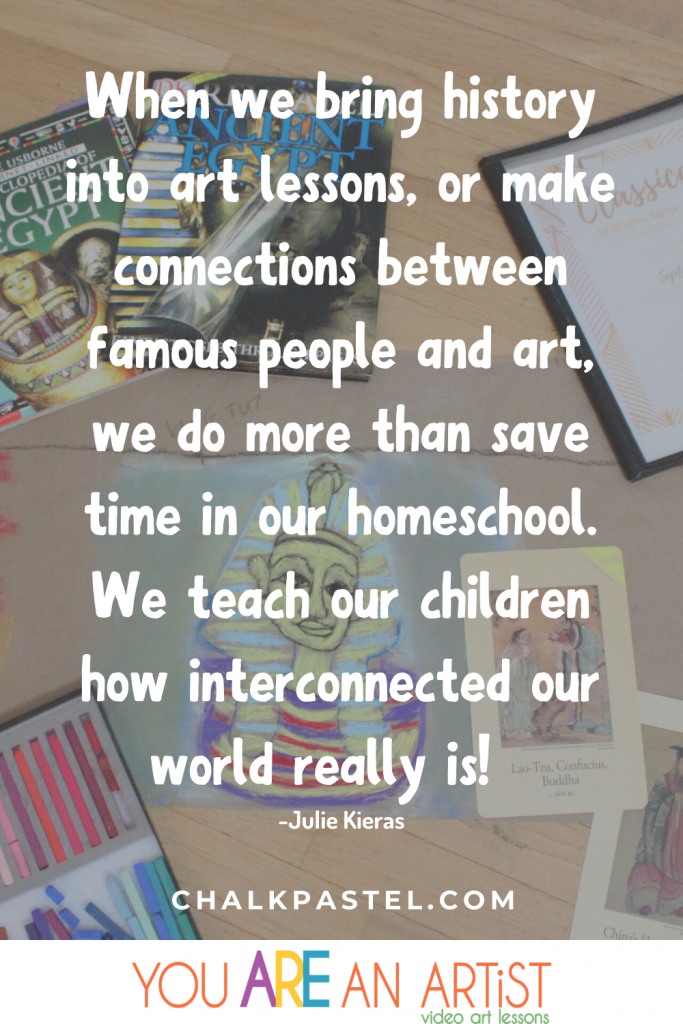
When we bring history into art lessons, or make connections between famous people and art, we do more than save time in our homeschool. We teach our children how interconnected our world really is! In classical education, subject integration deepens our understanding all around.
I especially love chalk pastel lessons that focus on history, science, and literature, because Nana always includes tidbits of information about the topic, invites kids to wonder about what happened, or asks questions to stir their imagination.
When we first started using ChalkPastel.com lessons, my youngest son sat for an afternoon doing lesson after lesson from the Old Testament Bible series. By the time he finished the series he knew so much—and he had created visual memory clues in his chalk pastel paintings to help him recall the stories for weeks!
I guess that’s why Nana has so many series of lessons called “I Drew It, Then I Knew It.” It’s aptly named because that is exactly what happens.
Having a classical homeschool does not mean we sit around droning facts. Instead, we take a sensory approach to learning facts gently in our morning time. I use picture books (yes, even in upper grades!), poetry, songs, and art to introduce, review, and expand on what we are learning.
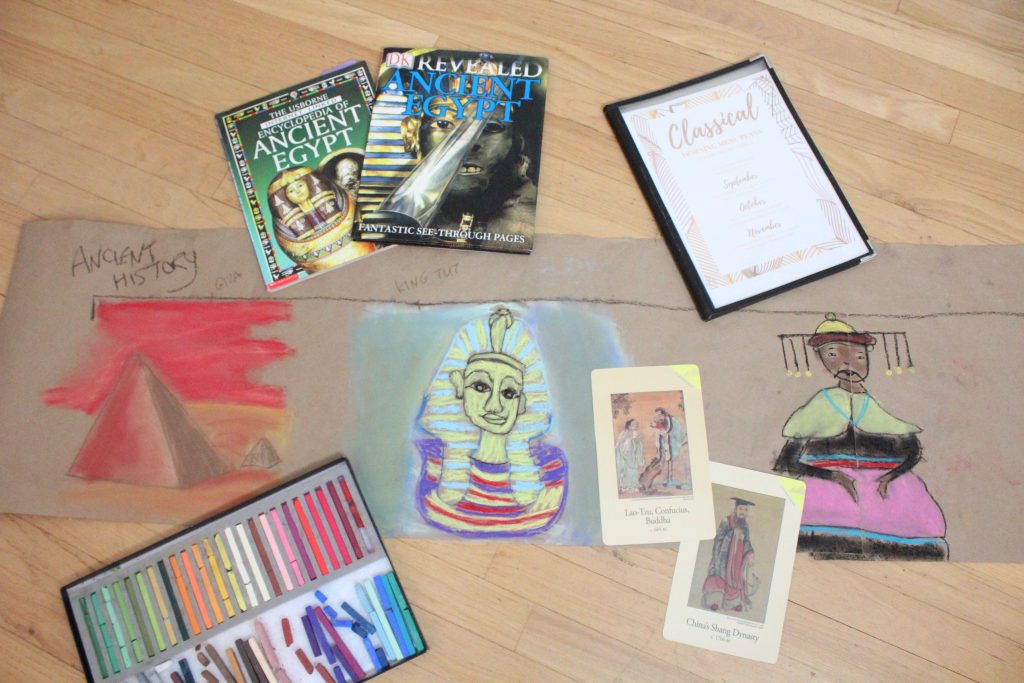
Ancient History Art Lessons
This year, we’ll learn about Ancient History. Chalk pastel art will play a big role! Here’s how we include chalk pastel lessons in our days:
I’ve created an Ancient History Classical Morning Menu with a collection of ancient history- related poems, scripture, and picture study to share with the kids each morning. I also curated an ancient history booklist (which you can download free on my blog!).
After our Morning Time read-aloud and Menu study, we’ll use the Chalk Pastel I Drew It Then I Knew It Ancient History lessons as a transition into daily work. Lessons on emperors and kings, philosophers and wars, and historic monuments will fit perfectly with our Ancient History studies.
Check out this timeline scroll we started for this year’s studies!
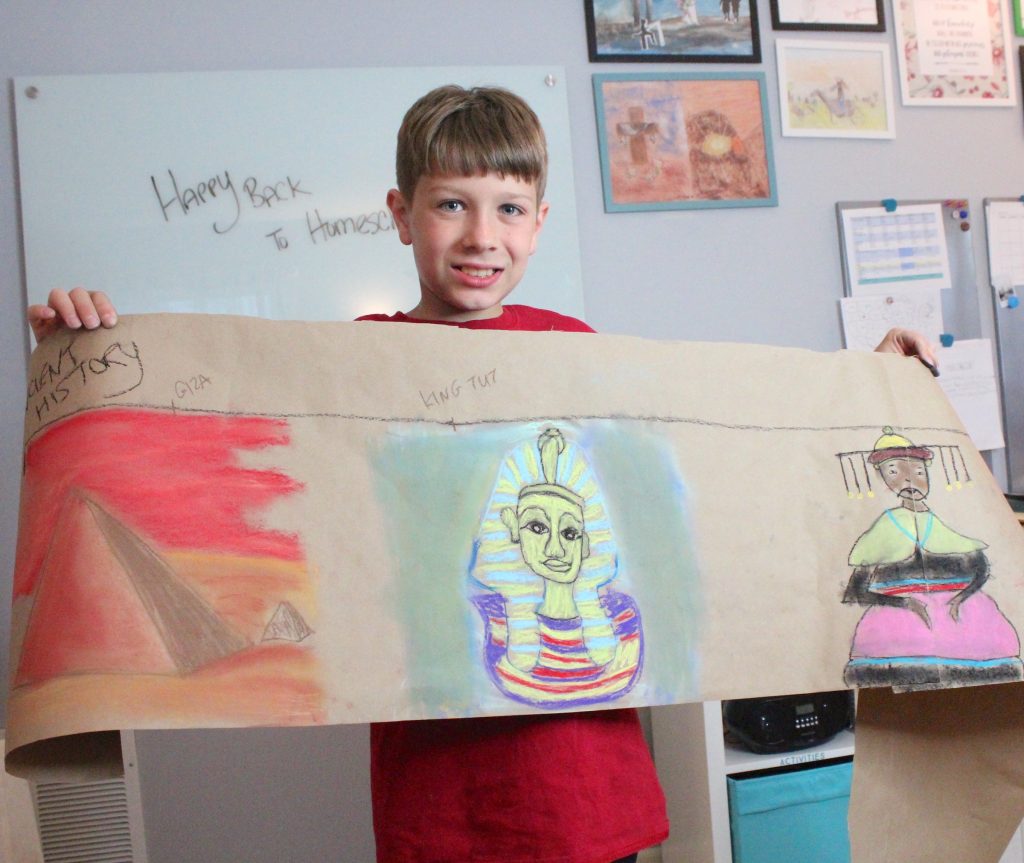
My boys loved hearing about King Tut’s mask of “royal purple” and jewels and hearing about the scarab beetles of Egypt. We’ll be sure to look these facts up for more study later on. We’ll explore Ancient Egypt in chalk pastels and other resources to learn about the pyramids, pharaohs, and ancient lands.
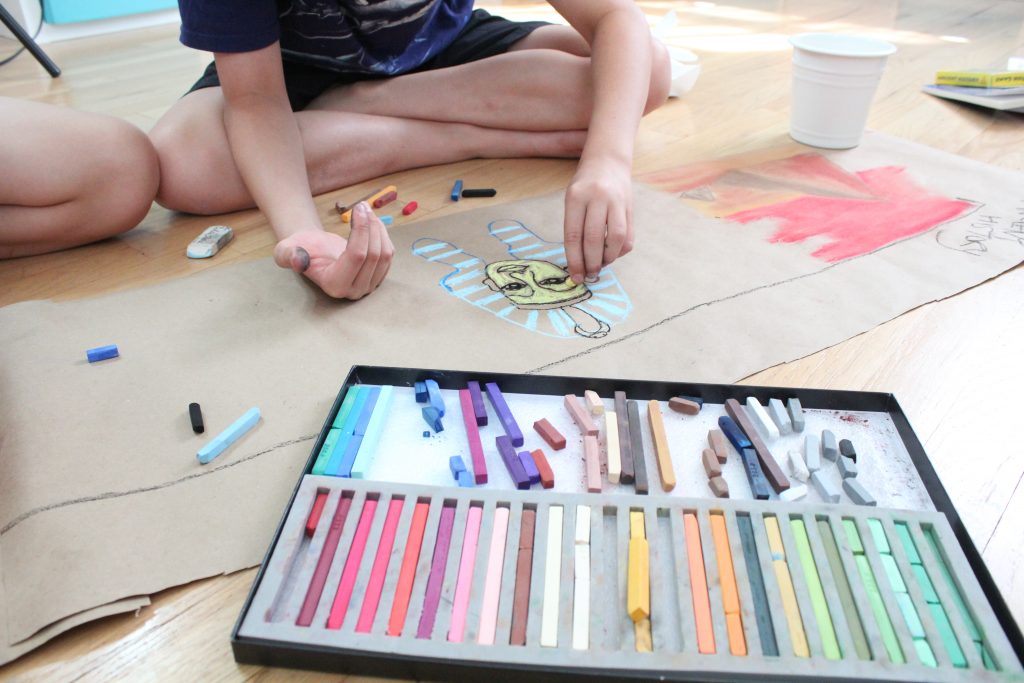
We’ll study Ancient Greece lessons on the Ancient Games, philosophers, and more. Rome, China, and biblical events each have matching art lessons, too.
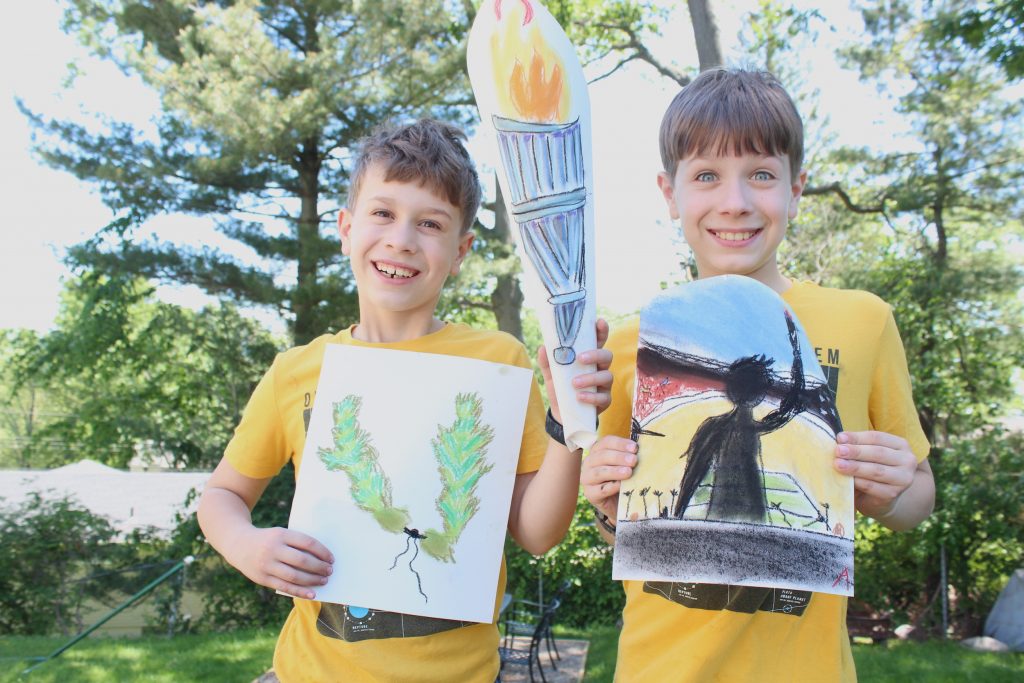
Because we integrate reading, history, art, and Bible lessons, I cover the same facts multiple times without the kids getting bored. It looks something like this:
- Read: a book about Chinese philosophers (from my Ancient History book list)
- Copywork: Chinese poetry (from my Morning Menu)
- Recite: History sentence about Chinese philosophers (from our Classical Conversations memory work)
- Observe and discuss: Chinese artwork (from my Morning Menu)
- Create / Draw: a Chinese philosopher (with Nana from Chalk Pastel)
That’s five times they hear and engage with the same topic, using different modes of learning: reading, reciting, writing, observing, discussing, and drawing!
In the end, the kids learn about Chinese philosophers, and they learn five ways to go about learning anything they want to know! That is the beauty of classical education with art in our homeschool!
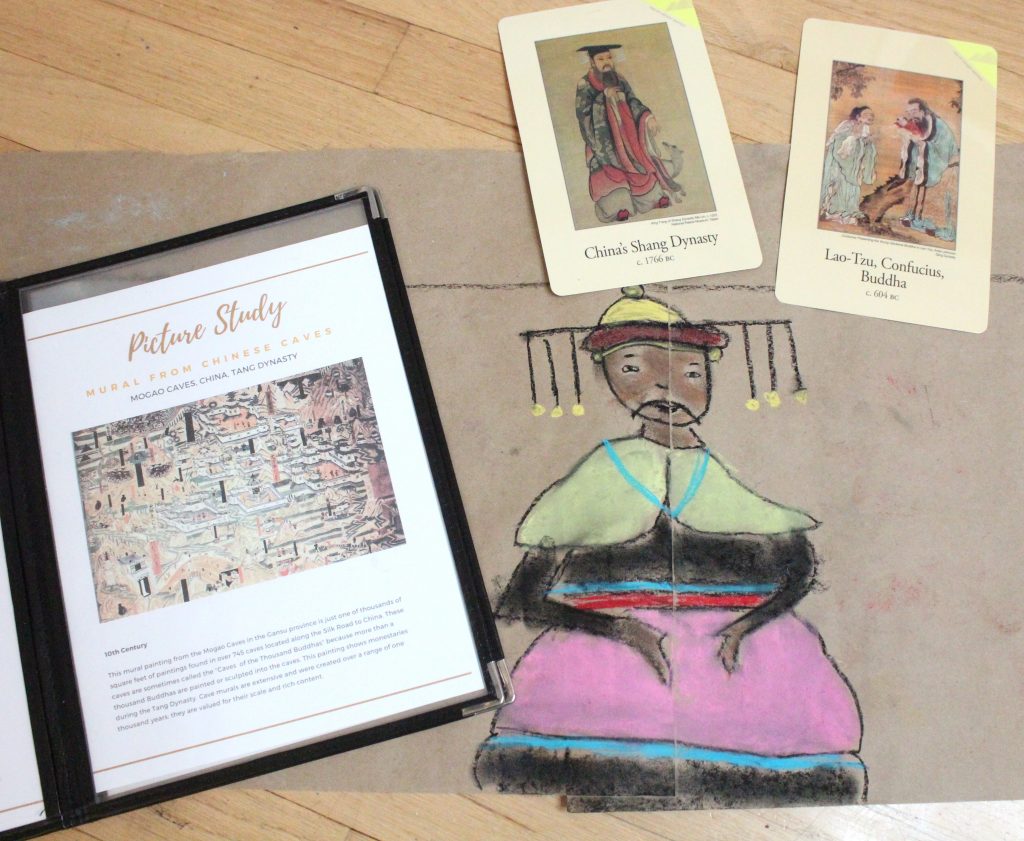
Chalk Pastel’s Ancient History lessons also come with a handy companion workbook with the Clubhouse membership. This download contains lesson tracking worksheets, fast facts about art lesson topics, “Detective” questions for discussion, and suggested reading lists. These companion books help with transitions in and out of our art time.
In each lesson, Nana makes room for different stages of learning. She shares fun facts, demonstrates basic art skills, guides artists to ask questions, and integrates art with other content areas.
Nana’s methods of teaching art appeal to a wide range of ages and stages. We are so excited to discover Ancient History with ChalkPastel.com art lessons this year!
A Wonderful Classical Education Bundle!
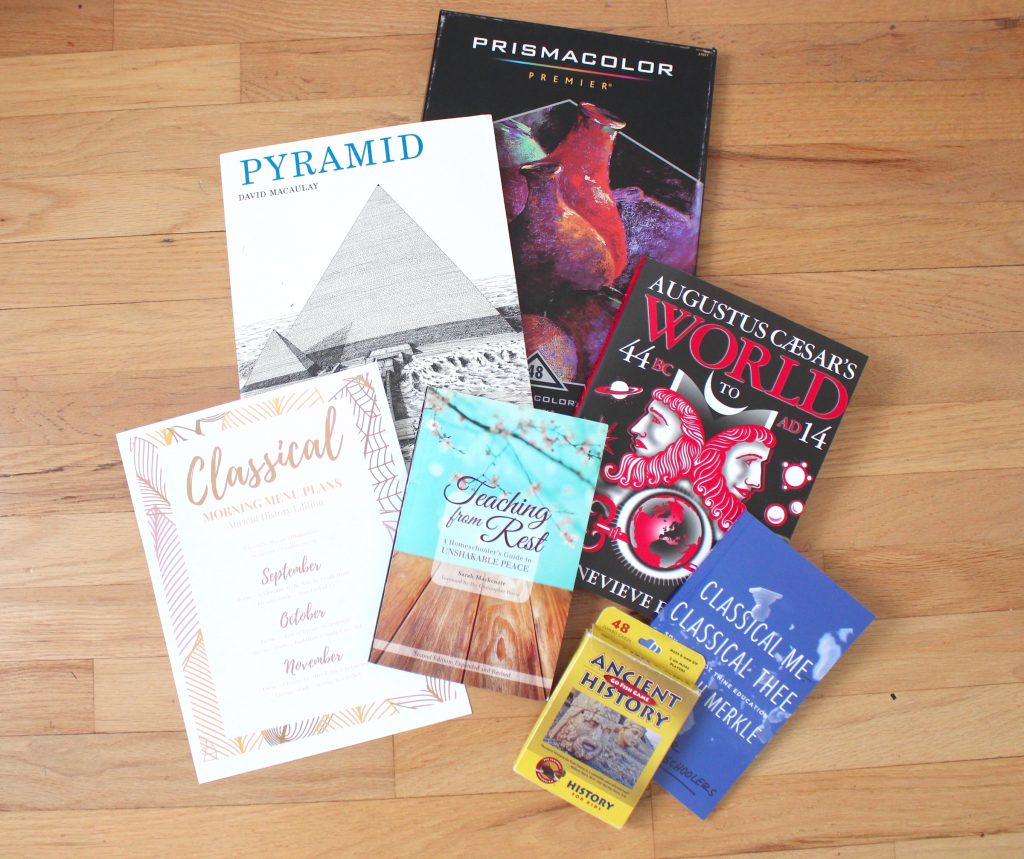
We’ve put together this beautiful bundle of classical education-inspired books and materials we think would be wonderful in a classical homeschool or any homeschool! The bundle includes:
- A set of beautiful Chalk Pastels for your kids to enjoy!
- The Ancient History Classical Morning Menu – 9 months of printables for your morning time! (PDF file)
- Augustus Caesar’s World – delightful stories from the ancient world
- Classical Me, Classical Thee – will help you explain classical education to your own students
- David Macauley’s Pyramid book – richly detailed illustrations share the stories of the pyramids
- Teaching From Rest – helps you end the stress and worry in your homeschool
- Classical Historian’s Ancient History Go Fish card game – learn facts about ancient times with a fresh-take on a well-known game

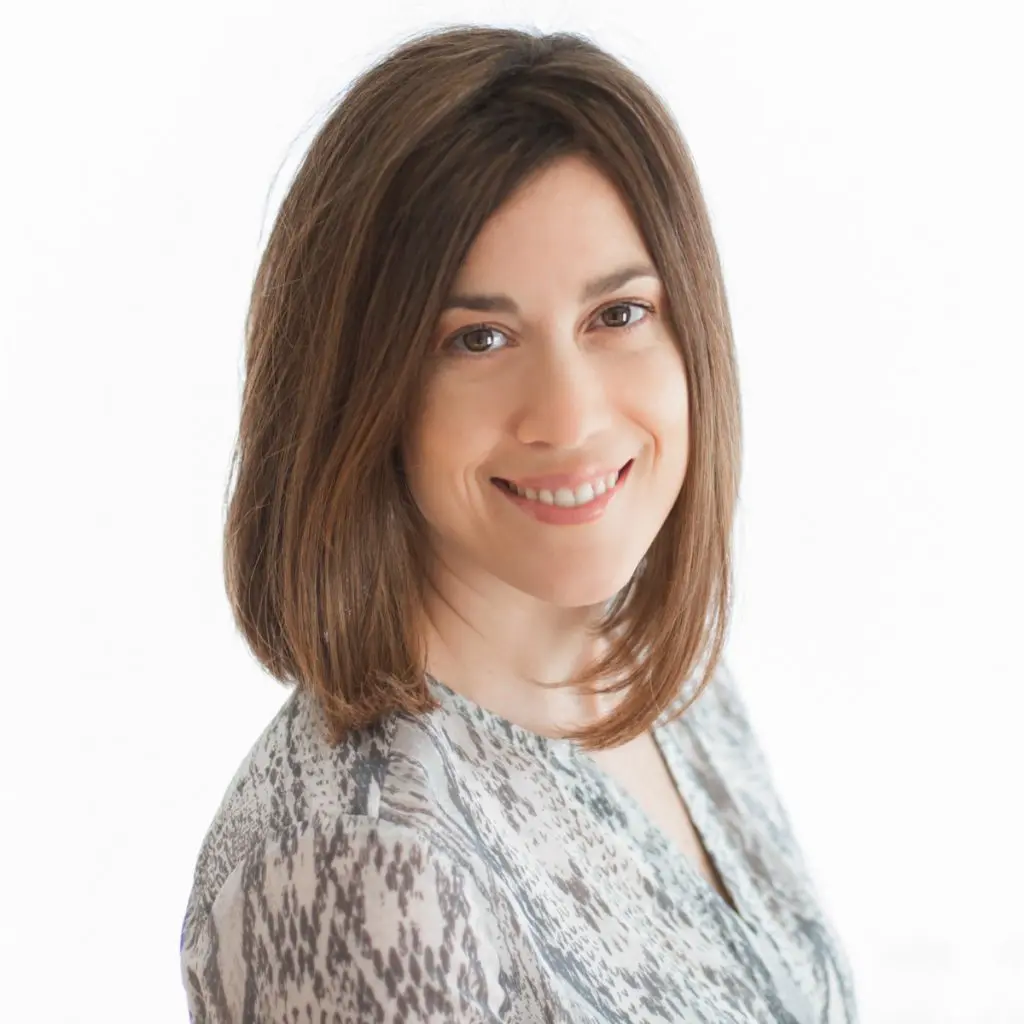
Julie is a teacher, writer and homeschool mom. Her blog Happy Strong Home shares encouragement for cherishing children, enjoying motherhood, and growing strong families. Discover homeschool resources, natural living tips, and family activity ideas. Julie has been featured on Million Praying Moms, The Old Schoolhouse Magazine, and the Melissa and Doug blog. She offers writing workshops and a “homeschool neighborhood” community to support parents in their homeschool adventures. Find Julie on Instagram to be the first to know when new workshops and community events are available.
